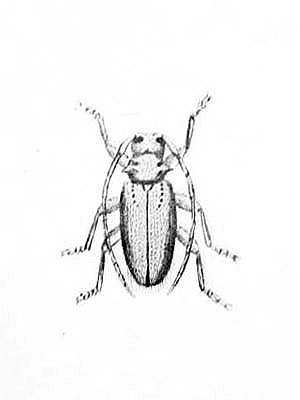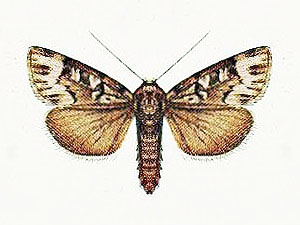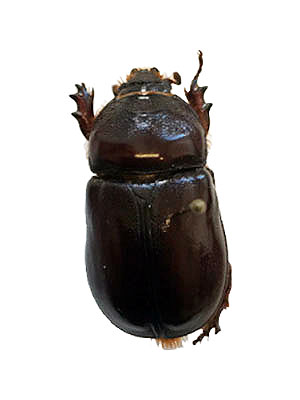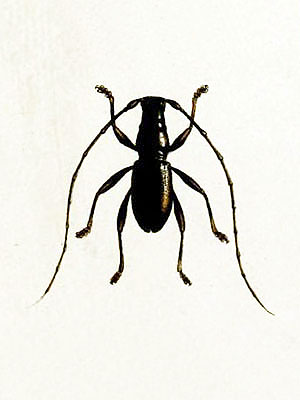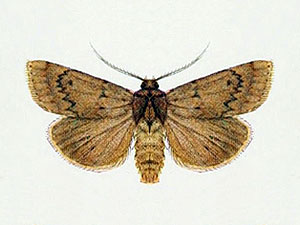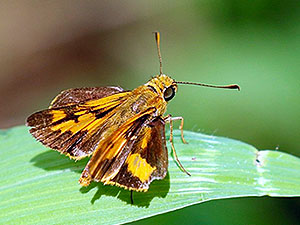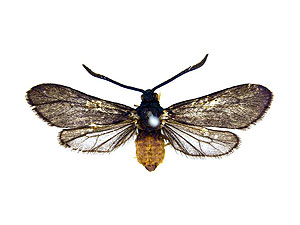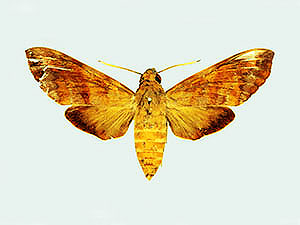Lord Howe Swallowtail (Graphium macleayanum ssp. insulana)
Macleay’s Swallowtail (Graphium macleayanum (Leach)) is an Australian butterfly species that contains three subspecies, of which two occur in Australia while the third one was restricted to Lord Howe Island.
The larvae feed on several plant species from the Atherospermataceae, the Lauraceae and the Winteraceae.
The Lord Howe subspecies, described in 1920, was last seen in 1893 and is now obviously extinct.
***
The photo below shows the south-eastern Australian subspecies of Macleay’s Swallowtail (Graphium macleayanum ssp. moggana Couchman).
*********************
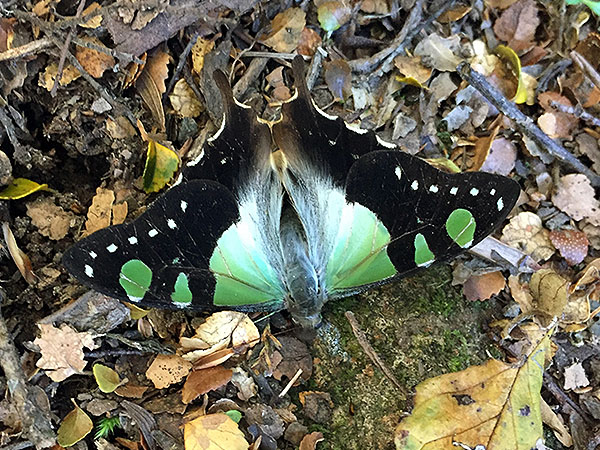
Photo: daniaustin
https://www.inaturalist.org/people/daniaustin
https://creativecommons.org/licenses/by-nc/4.0/
*********************
edited: 02.02.2024




